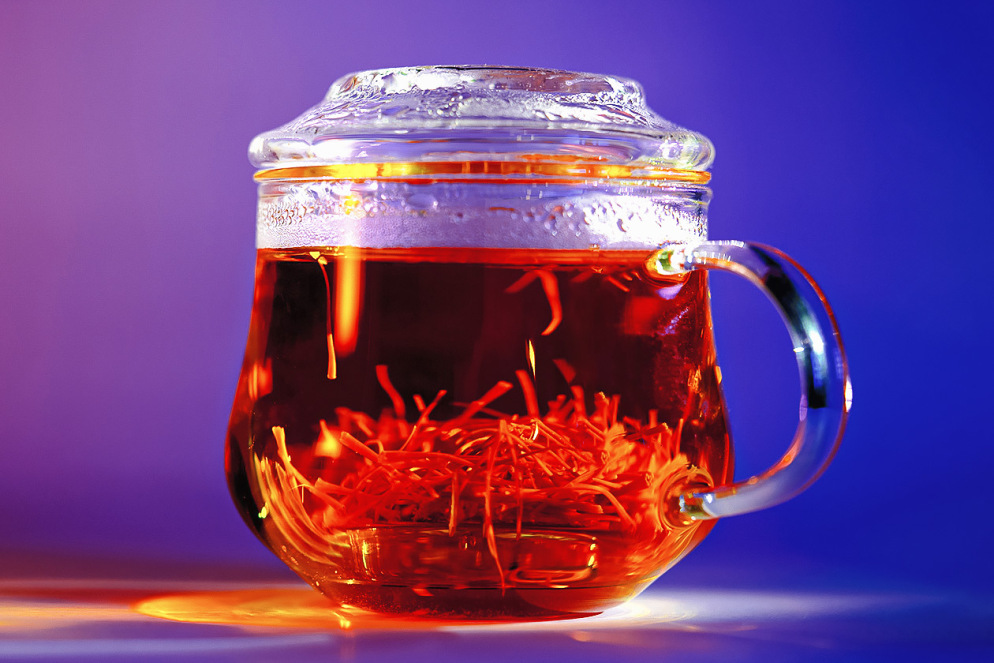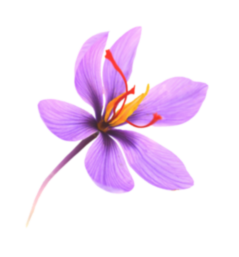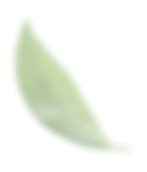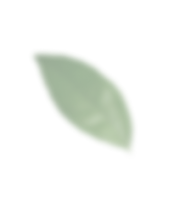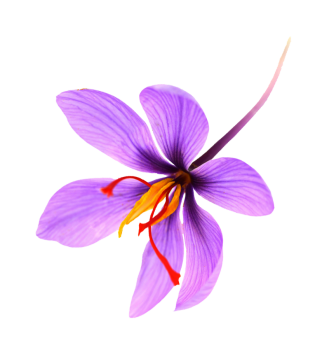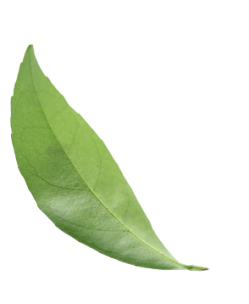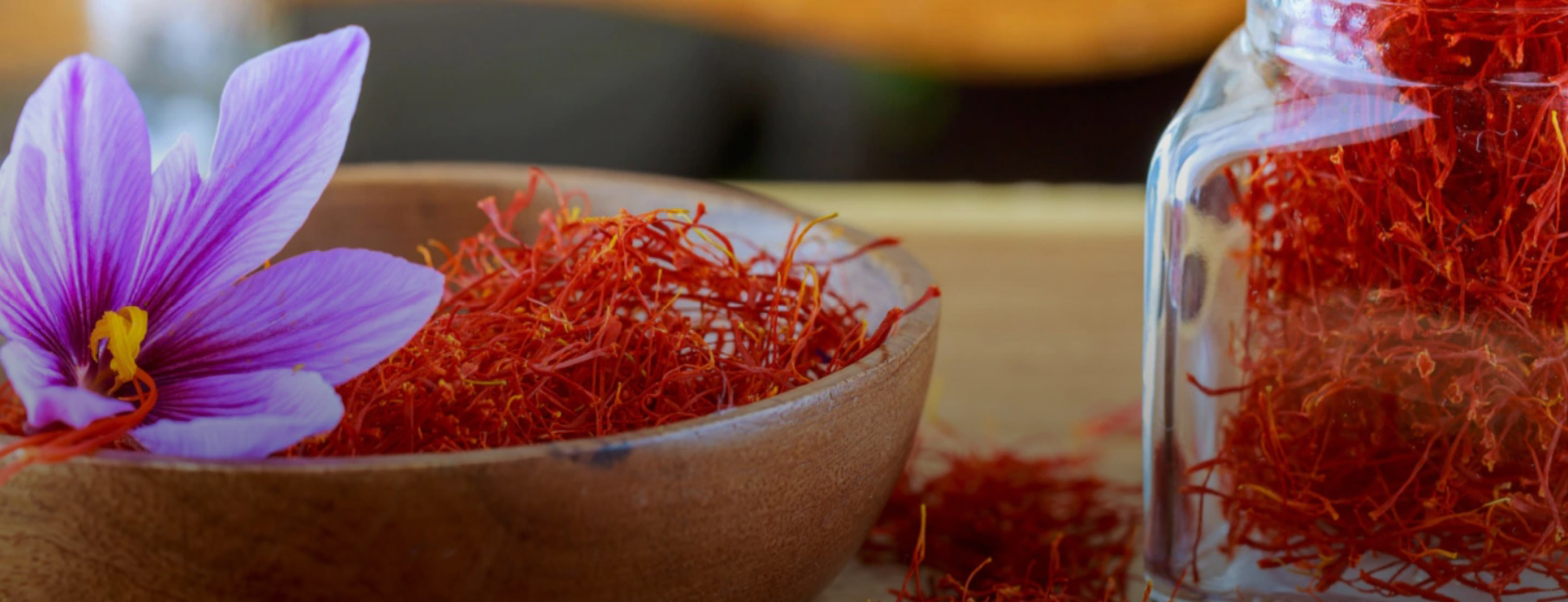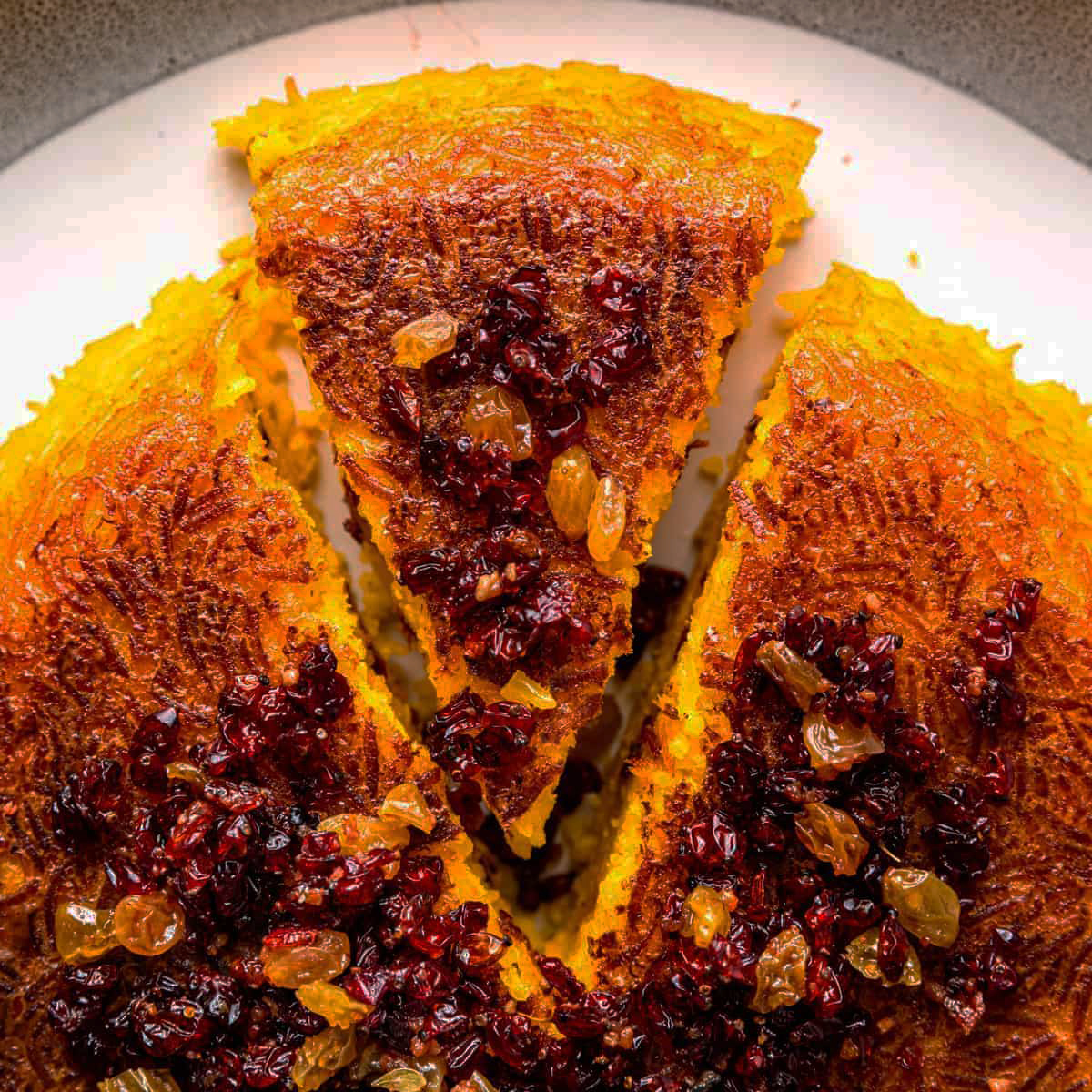Saffron in Cooking
Expensive, Gorgeous, Perplexing: How To Cook With Saffron
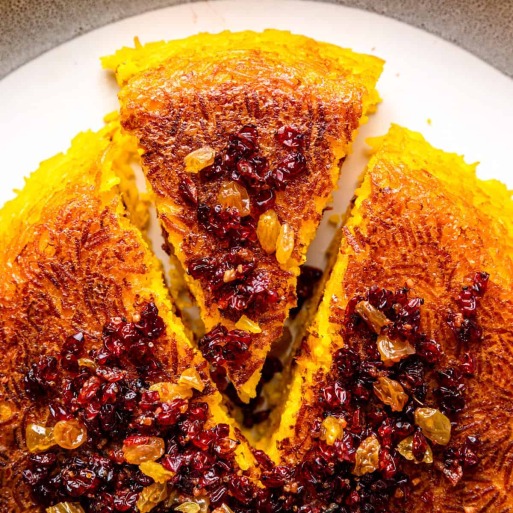
Saffron is many things: it’s a spice, a hue, and a natural dye. It’s a fragrance note in perfumes and cosmetics and an ingredient in holistic medicines. And it’s the most expensive seasoning in the world.
Saffron isn’t common in many American kitchens, but its rich, floral spice enlivens dishes, adding exciting flavor notes.
Saffron’s wide availability makes it an excellent choice for expanding your seasoning repertoire. Saffron is easy to source, and excellent for cooking Indian and Middle Eastern cuisine.
Saffron’s history
Saffron originates in the Middle East and Central Asia.
People have cultivated it for thousands of years.
Saffron serves wide range of purposes, from flavoring regional dishes to serving as a traditional remedy for a lengthy list of ailments.
You’re most likely to find saffron in dishes with roots in Asia Minor (the region surrounding modern-day Turkey), including Italy, Greece, Macedonia, Bulgaria, and throughout the Middle East and Indian Subcontinent.
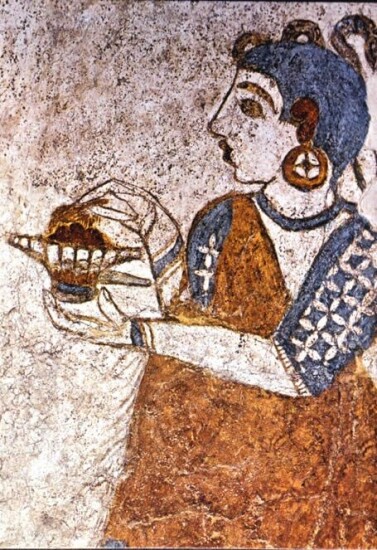
This coveted spice smells earthy and sweet, with flavor notes of almond, rose, and honey. If you’re unaccustomed to floral flavors, you may find saffron to be overly perfumey or even “soapy” until your palates acclimates, since there’s nothing even close to an equivalent in the typical American pantry. Saffron carries a uniquely honeyed floral taste that’s difficult to describe until you taste it.
Introduce a new flavor to your kitchen by learning how to cook with saffron. Saffron offers versatility, ease of use, and the ability to transform both simple and complex meals into regal feasts.
What does saffron taste like?
You can add saffron directly to a dish, but there’s a way to make the flavor go farther for your buck. “We infuse the saffron in water because that is the most effective way to season,” Cleveland said. “You can use saffron powders or spice blends, but you will not get the full flavor of using fresh threads and creating a saffron concentrate.”
To make the concentrate, steep saffron in a couple of tablespoons of boiling water. You’ll create a vivid concentrate that you can diffuse evenly into grain cooking liquid, braises, and sauces. Extra-fragrant herbs like basil, tarragon, and cilantro, as well as warm spices like cumin, coriander, and paprika, can easily overpower saffron. For that reason, shine the spotlight on saffron’s flavor and save those other herbs for another dish.
Create a saffron concentrate
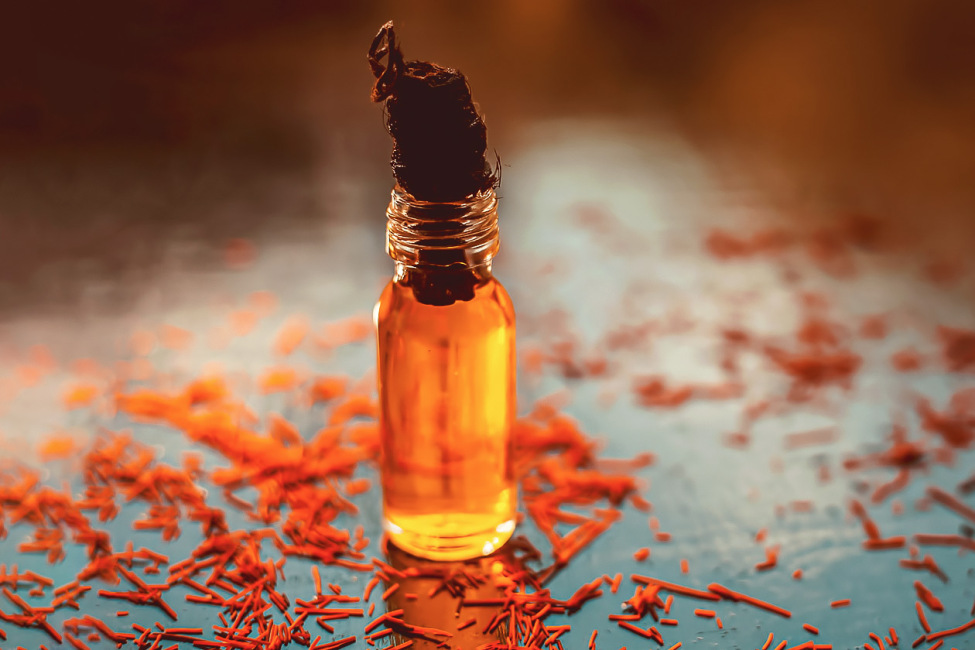
How to cook with saffron: 6 recipe ideas
Make the best beans ever
Saffron adds a distinguished aroma and flavor to beans that ups your game significantly. If you’re tired of the same old beans, add a strand or two of saffron to your Instant Pot or slow cooker. Moroccan beans with saffron can be made with any kind of small white bean, including cannellinis.
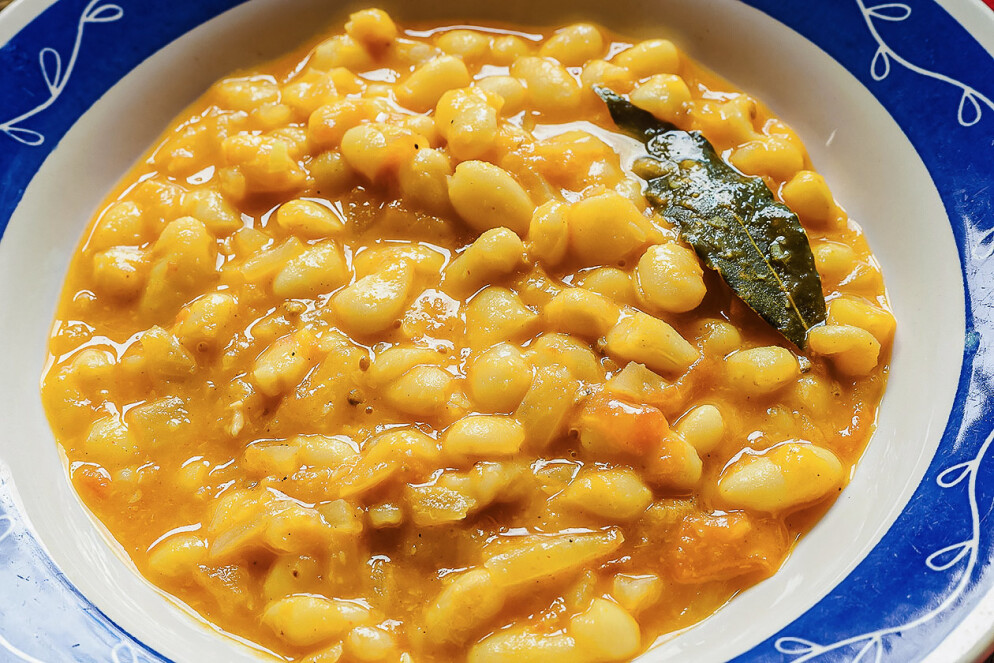
Whip up some dessert
Desserts lend themselves perfectly to saffron’s earthy, honeyed flavors. Rice pudding is an easy option for saffron, from Persian sholeh zard to Indian shrikhand. If you’ve got a bit more time, try your hand at saffron cardamom milk cake, or Persian bamieh donuts. Saffron is also an ideal addition to ice cream and kulfi. You can substitute plant-based dairy products easily in most of these recipes, from milk to yogurt and even eggs.
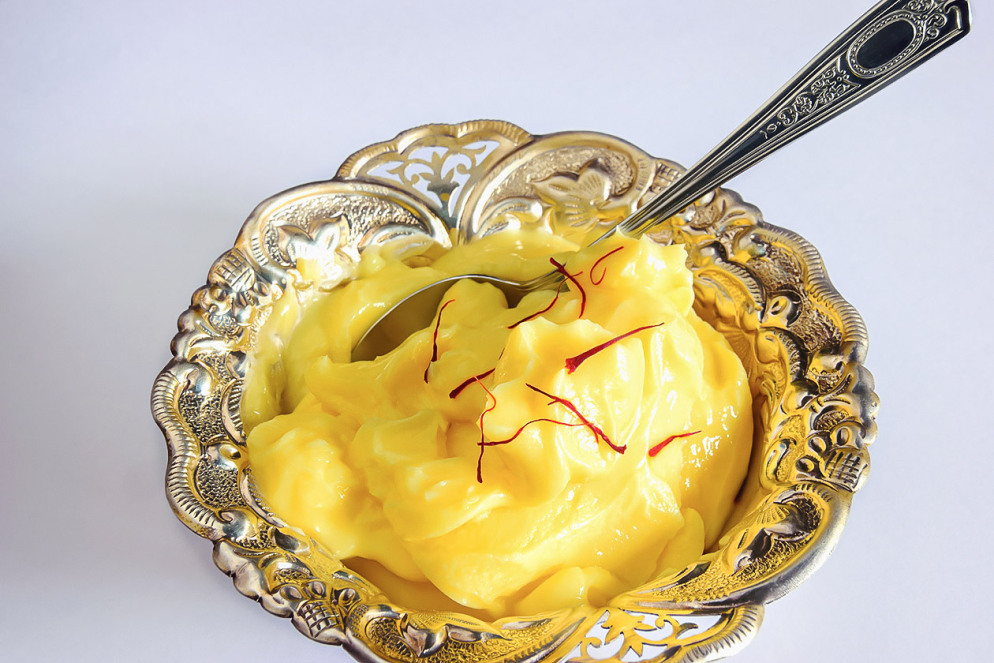
Mix cocktails with saffron
It’s exceptionally easy to infuse spirits with saffron. Simply drop a large pinch of threads—about 20 or so—straight into the bottle. Let it sit for three or four days (depending on how strong you’d like the flavor to be), shaking once a day. Vodka, gin, rum, and tequila are all delicious with a boost of saffron essence. Mix cocktails with saffron-friendly flavors like orgeat, cinnamon, ginger, mint, lemon, and bitters.
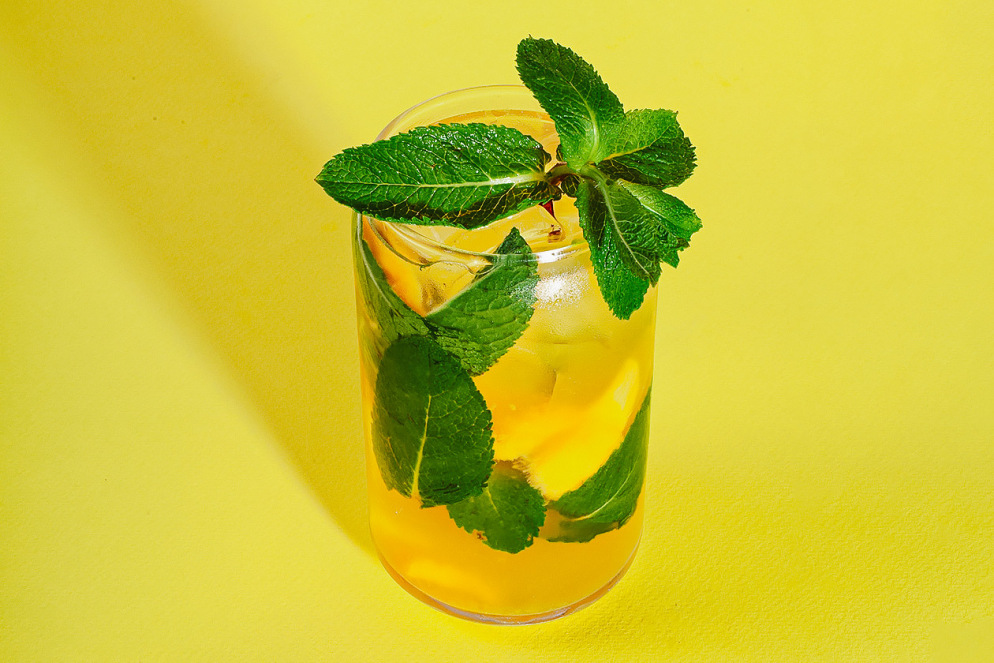
Cook with saffron in rice and grains
Infuse saffron into any kind of rice, including arborio, jasmine, brown, Spanish rice, and even pilaf. Cook with saffron in whole grains like farro and wheat berries. You can also cook saffron in starches like traditional and Israeli couscous, to add color and aroma. To do so, first create saffron water with Chef John’s recipe below, adding three saffron threads to one cup of boiled water and one cup of white wine, and letting the saffron infuse for 20 minutes.
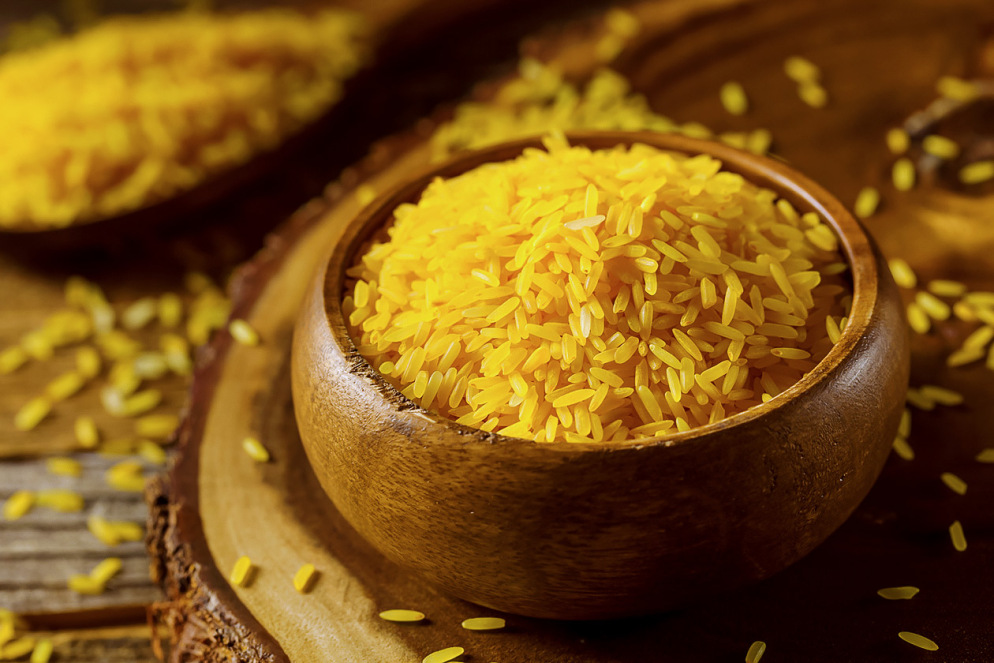
Add saffron to potato dishes
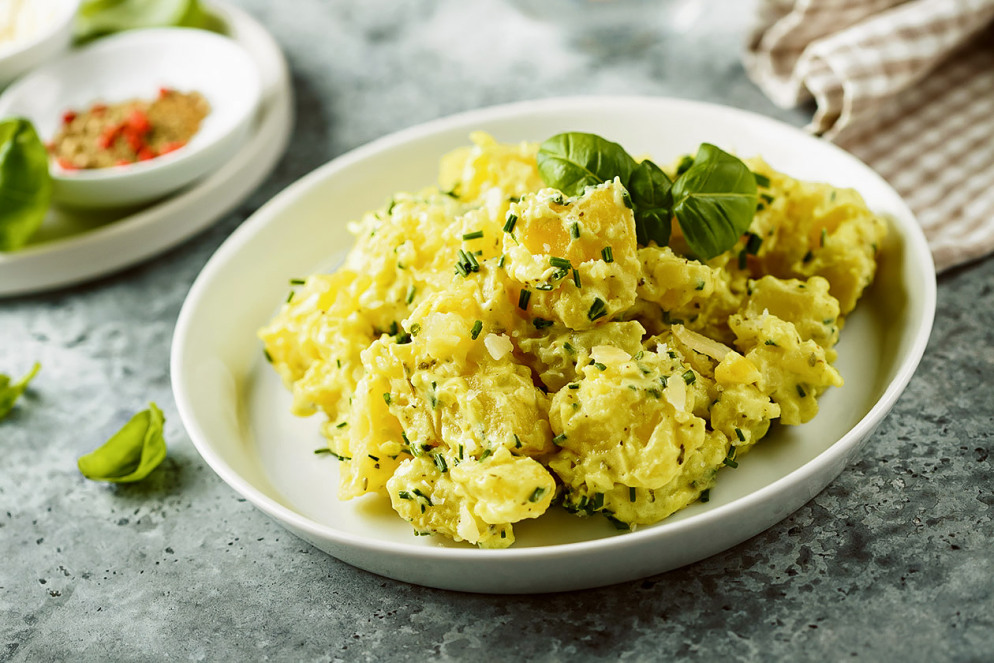
Cook with saffron to impart an extra-yellow hue that just screams “potatoes!” Add whole threads or a tablespoon of steeped saffron essence to potato salad dressing, potato casseroles, and even mashed potatoes for color and complexity.
Make saffron tea
